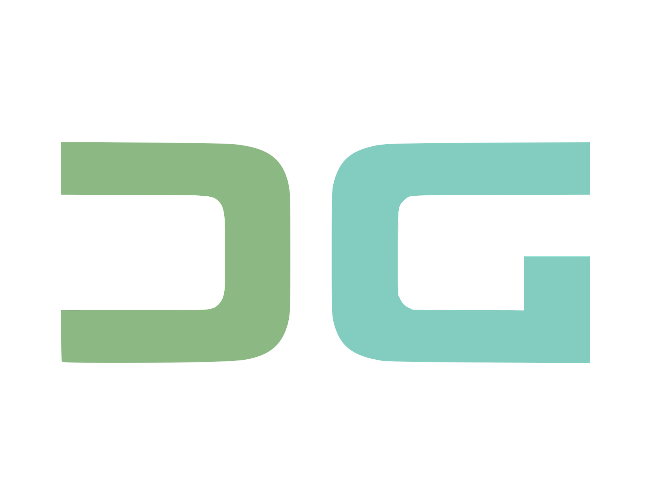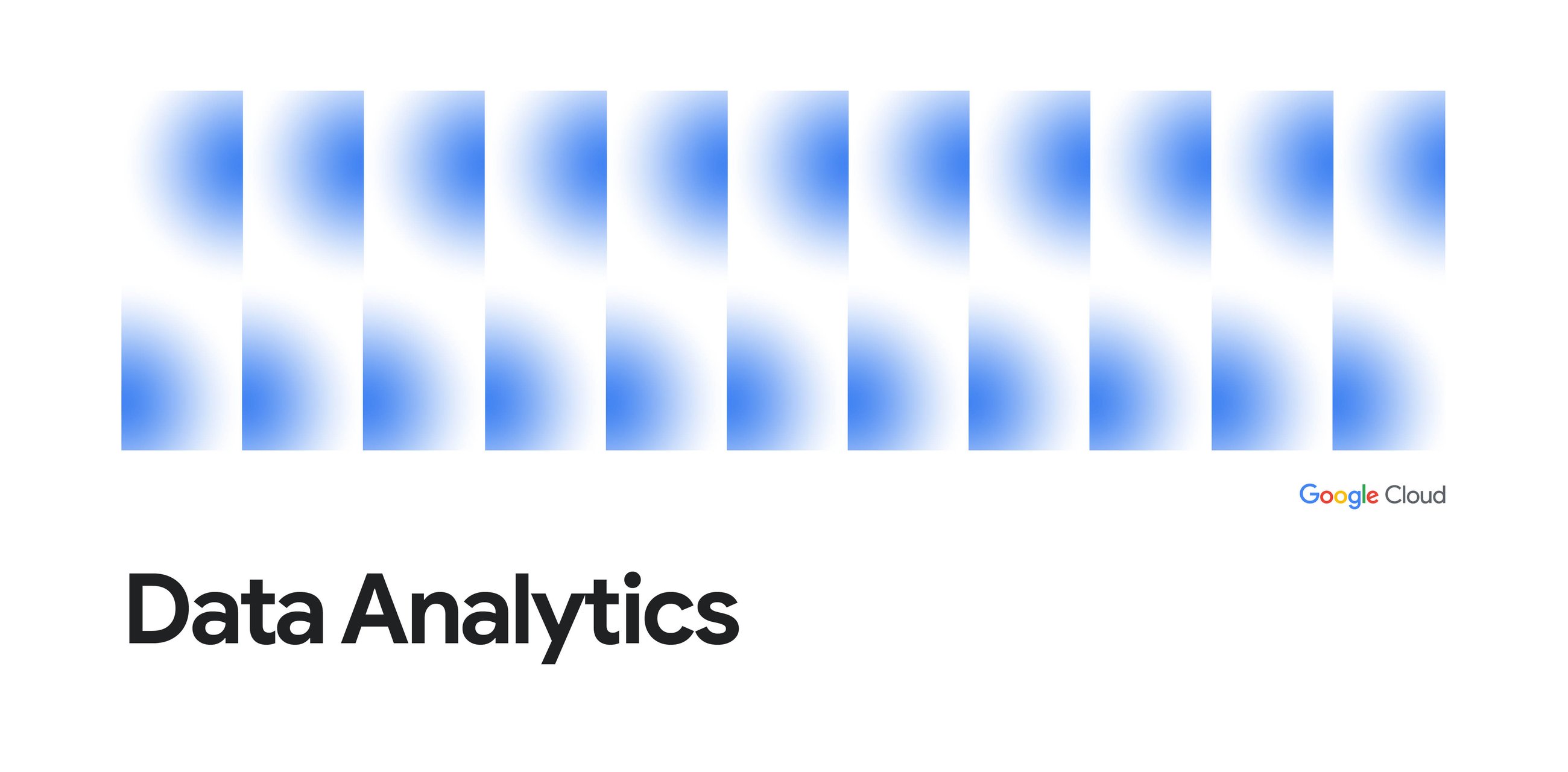
For many B2B SaaS companies, “more leads” is the constant refrain. But the engineering and sales teams at GrowthLoop, a fast-growing project management platform, were facing the opposite problem: they were drowning in leads. Their pipeline was full, but their sales team was burning out chasing ghosts. This is the story of how they cut through the noise.
This business growth study breaks down how a simple API integration led to phenomenal client results, transforming their lead generation success into actual revenue.
The Challenge: A Leaky Funnel and Sales Team Burnout
GrowthLoop had a solid inbound marketing engine. The problem? Their lead qualification was a mess. They used a simple, rule-based system in their CRM that looked at criteria like company size and job title. It was brittle, easy to game, and ultimately, ineffective.
The symptoms were clear:
- Low Conversion: Only a tiny fraction of “Marketing Qualified Leads” (MQLs) ever became “Sales Qualified Leads” (SQLs).
- Wasted Cycles: The sales team spent ~60% of their time disqualifying leads instead of selling.
- Inaccurate Forecasting: With an unpredictable MQL-to-SQL conversion rate, revenue forecasting was a shot in the dark.
They needed a smarter way to identify the high-intent buyers hidden within their firehose of sign-ups.
The Solution: AI-Powered Lead Scoring via API
Instead of building a complex in-house machine learning model (a project that would take months), GrowthLoop turned to our solution, the CogniFlow AI Enrichment & Scoring API. The premise is simple: give us an email or company domain, and we’ll return a 0-100 score indicating buying intent, along with dozens of enriched data points.
Under the hood, our models analyze thousands of signals—from firmographic and technographic data to real-time intent signals scraped from across the web—to predict which companies are actively in a buying cycle.
How It Works: From API Call to Actionable Score
The beauty of the solution lies in its simplicity. For every new form submission, GrowthLoop’s backend makes a single, asynchronous API call to our /v1/enrich-score endpoint.
Here’s what that looks like in a serverless function (e.g., Vercel, AWS Lambda):
// A simple serverless function to enrich and score a new lead
import { CogniFlow } from '@cogniflow/sdk';
const cogniflow = new CogniFlow({ apiKey: process.env.COGNIFLOW_API_KEY });
export default async function handler(req, res) {
const { email, companyName } = req.body;
if (!email) {
return res.status(400).json({ error: 'Email is required.' });
}
try {
const { score, company } = await cogniflow.enrichAndScore({
email: email,
companyName: companyName // Optional, but improves accuracy
});
// Example Response from the API:
// {
// "score": 92,
// "factors": ["High Growth Signals", "Active on Competitor Forums", "Recent Funding"],
// "company": {
// "name": "GrowthLoop Inc.",
// "domain": "growthloop.com",
// "employeeCount": 250,
// "techStack": ["Salesforce", "Marketo", "AWS", "React"],
// ...
// }
// }
// Now, do something with the score!
// e.g., POST to Salesforce, send a Slack alert, etc.
await postToCRM({ email, company, score });
res.status(200).json({ success: true, score: score });
} catch (error) {
console.error('CogniFlow API Error:', error);
res.status(500).json({ error: 'Failed to score lead.' });
}
}
This simple code snippet became the new gatekeeper for their entire sales pipeline.
Integrating CogniFlow into Their Existing Stack
With the scoring mechanism in place, the next step was to operationalize it. They set up a simple workflow automation based on the score returned by the API:
- Score > 85 (Tier 1): The “whale” leads. An immediate alert is pushed to a dedicated
#tier-1-leadsSlack channel, and the lead is auto-assigned to a senior Account Executive in Salesforce with a high-priority task. - Score 60-84 (Tier 2): Solid prospects. These are routed to the general sales development queue for follow-up within 24 hours.
- Score < 60 (Tier 3): Low-intent for now. These leads are added directly to a long-term nurturing sequence in their marketing automation platform, freeing up the sales team entirely.
This tiered system ensured that their most valuable resource—sales team attention—was focused exclusively on the most promising opportunities.
The Results: A 240% Surge in Qualified Lead Conversion
This isn’t just a feel-good customer success story; the client results were dramatic and immediate. After running the new system for one quarter, GrowthLoop saw:
| Metric | Before CogniFlow | After CogniFlow | Change |
|---|---|---|---|
| MQL-to-SQL Conversion Rate | 11% | 37.4% | +240% |
| Avg. Sales Cycle Length | 95 days | 65 days | -31% |
| Sales Team Time on Prospecting | 60% | 25% | -58% |
The sales team was happier and more effective, and for the first time, the marketing team had a clear, data-driven feedback loop on which campaigns were generating actual revenue, not just sign-ups.
Key Takeaways & ROI Analysis
This B2B case study highlights a critical lesson for modern tech companies: the quality of your pipeline is more important than the quantity. By inserting a single point of intelligence at the top of their funnel, GrowthLoop was able to achieve a massive increase in ROI on their marketing spend.
The cost of the API was negligible compared to the value of the deals closed from previously-missed Tier 1 leads and the reclaimed productivity of their sales team. It’s a textbook example of how a targeted, developer-friendly tool can drive significant business growth.
If you’re a builder, an engineer, or a technical leader, the takeaway is clear: don’t let your sales team operate on guesswork. The tools exist to turn your lead flow from a random stream into a predictable, high-signal pipeline.
Originally published at https://getmichaelai.com/blog/case-study-how-client-company-increased-key-metric-by-x-with




